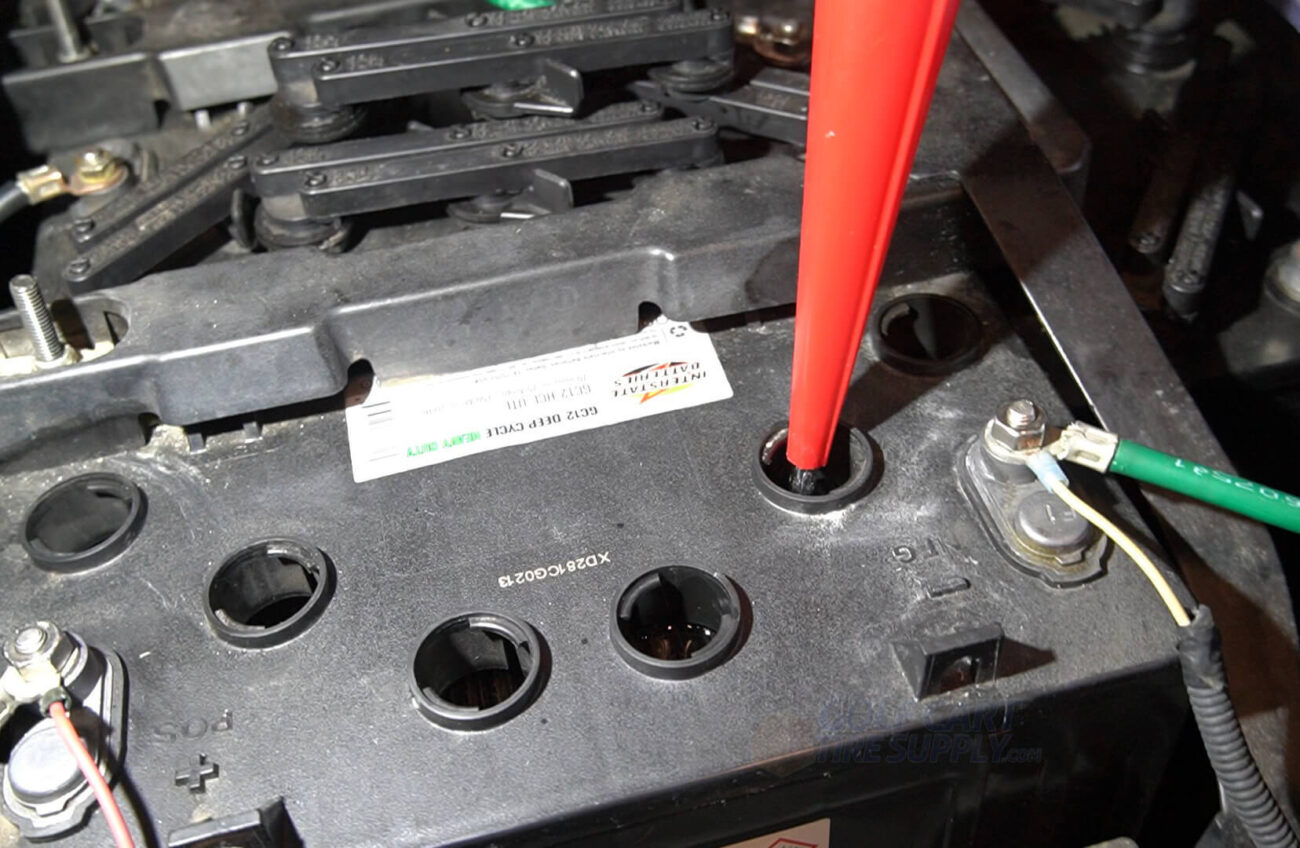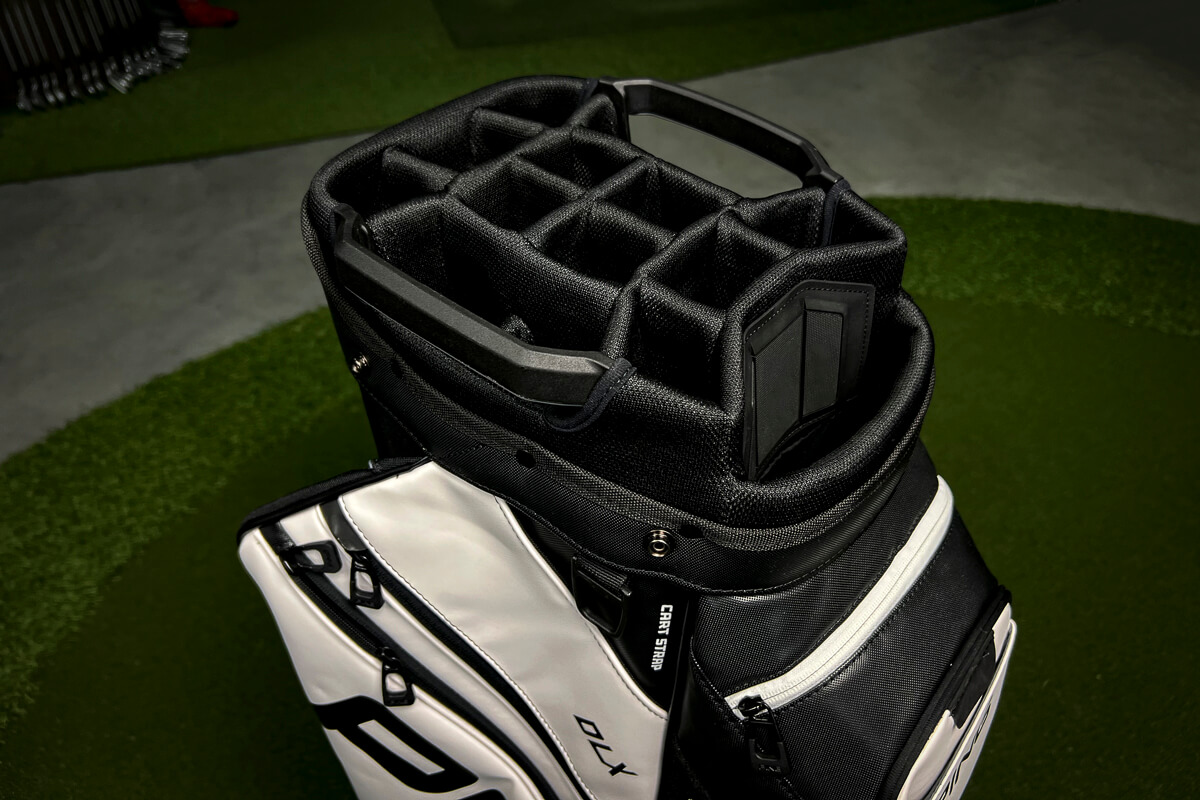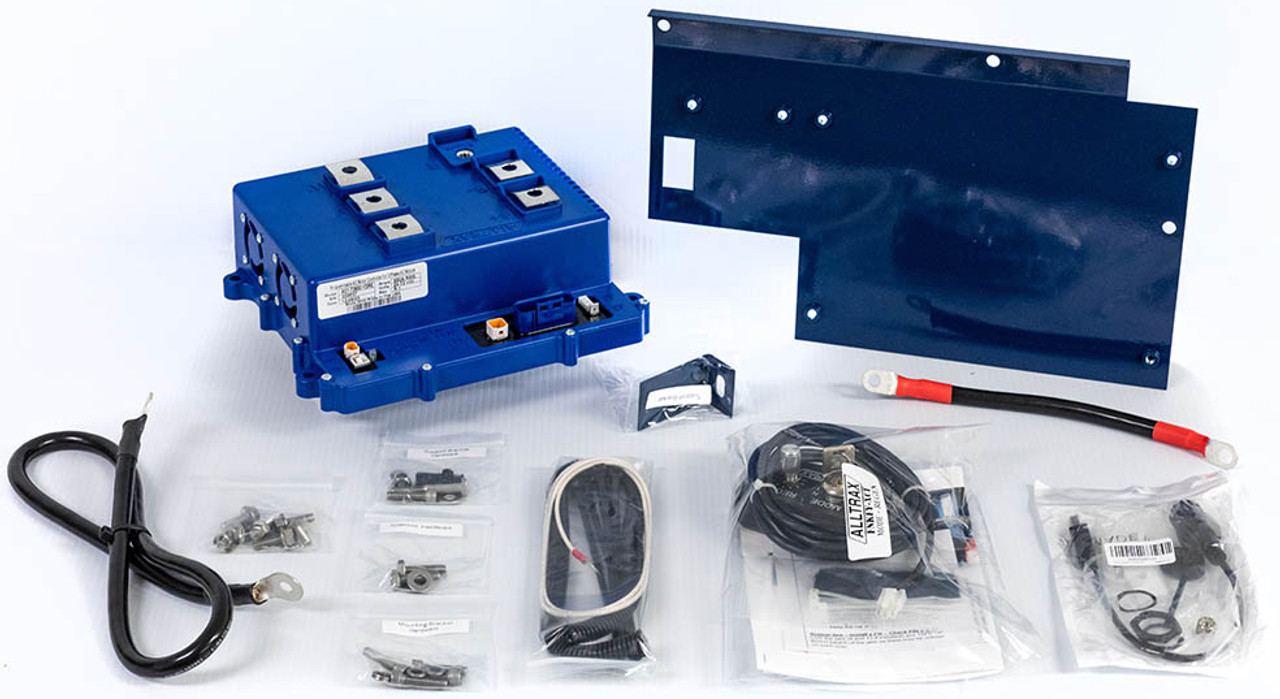
Is There a Difference Between ATV and UTV Tires
When it comes to off-road vehicles, one of the most important components to consider is the tires. While both ATV (All-Terrain Vehicle) and UTV (Utility Task Vehicle) tires are designed for rugged terrain, they have different features tailored to the specific needs of each vehicle type. Understanding the key differences between ATV and UTV tires is essential for ensuring your vehicle performs optimally. If you're looking for top-quality UTV tires, knowing what to look for can help you make the best decision for your off-roading adventures.
What Are ATV Tires?
ATV tires are specifically designed for All-Terrain Vehicles, which are typically smaller, lighter, and more maneuverable compared to UTVs. These tires are built to handle a variety of terrains, including dirt trails, sand, mud, and rocky surfaces. The key characteristics of ATV tires are as follows:
- Size: ATV tires are generally smaller in size compared to UTV tires. They are designed to fit on vehicles with smaller frames and lighter weight.
- Tread Pattern: The tread pattern on ATV tires is designed to provide optimal traction on a variety of surfaces, including loose soil and rocky terrain. The treads are often more aggressive to help grip different types of off-road conditions.
- Width: ATV tires are narrower than UTV tires, which helps the vehicle remain lightweight and agile.
- Pressure: ATV tires typically run at a higher air pressure, which helps with the performance on softer surfaces like sand or mud.
Overall, ATV tires are made for quick maneuvers and versatility, allowing riders to tackle tight turns and rough terrain. These tires provide a balance of performance, durability, and agility, which is essential for ATV riders who enjoy a wide range of off-roading activities.
What Are UTV Tires?
UTV tires, on the other hand, are designed for larger vehicles that are often used for more heavy-duty tasks. UTVs are typically bigger and heavier than ATVs, and their tires are built to handle this added weight and provide stability. Here are the key features of UTV tires:
- Size: UTV tires are larger in size, providing more surface area for better traction and support for the heavier vehicle. These tires are typically wider and taller than ATV tires.
- Tread Pattern: UTV tires are designed with a tread pattern that provides maximum grip and stability for off-road work and recreational use. The treads are deeper and more robust, providing better traction on rough, uneven, or muddy terrain.
- Width: UTV tires are wider than ATV tires, which helps provide a more stable platform for the vehicle, especially when carrying heavy loads or navigating uneven terrain.
- Pressure: UTV tires generally run at a lower pressure than ATV tires, which allows for a better footprint on soft surfaces and enhanced comfort while driving over rough ground.
Because UTVs are typically used for both recreational and work-related tasks (such as hauling and towing), their tires need to be durable enough to withstand heavier loads, while still offering good traction and control over a variety of terrains.
Key Differences Between ATV and UTV Tires
While both ATV and UTV tires are designed for off-road conditions, the differences between them are significant. Here’s a breakdown of the key differences:
- Size and Width: UTV tires are larger and wider than ATV tires. This is because UTVs are larger and heavier vehicles that require more surface area to provide adequate support and stability, especially under load. ATV tires, being smaller, are suited for more nimble vehicles that require agility and lightweight performance.
- Tread Pattern: ATV tires often have more aggressive treads to tackle various terrains, especially for riders who enjoy high-speed, adventurous riding. UTV tires, on the other hand, are designed for better traction and durability for both heavy-duty work and recreational use, often with deeper treads that can handle mud, rocks, and other rugged surfaces.
- Weight and Load Capacity: UTV tires are built to support much heavier loads than ATV tires. UTVs are often used for tasks such as towing, hauling, or carrying equipment, which means their tires need to be capable of withstanding the added weight without compromising stability or performance.
- Pressure: ATV tires typically run at higher air pressure to maximize performance on soft surfaces like sand or snow, while UTV tires are designed to run at lower pressures for better stability on rougher, uneven terrain.
- Durability: Due to the heavier nature of UTVs and their versatility in both work and recreational applications, UTV tires are built to last longer and withstand more wear and tear. ATV tires, while durable, may wear out more quickly due to their lighter design and more aggressive tread patterns, especially when used on rough or rocky terrain.
Which Tires Should You Choose?
Choosing between ATV and UTV tires depends entirely on your vehicle and how you intend to use it. If you’re riding an ATV and mostly enjoy high-speed maneuvers, tight trails, and aggressive off-roading, ATV tires will be your best bet. They’re designed for speed, agility, and performance on various terrains.
On the other hand, if you drive a UTV for work, leisure, or both, UTV tires are the better option. They offer stability, durability, and support for heavier loads, making them ideal for those who need their vehicle to handle both off-road challenges and work tasks, such as hauling equipment or carrying passengers across rough terrain.
Conclusion
In summary, while ATV and UTV tires may look similar at first glance, they are designed with distinct purposes in mind. ATV tires are smaller, narrower, and more aggressive, making them perfect for quick maneuvers on rough trails. UTV tires are larger, wider, and built to handle heavier loads, offering enhanced stability and durability for work and play. When it comes to purchasing new tires, understanding the specific needs of your vehicle is essential. For a wide selection of high-quality UTV tires, check out available models that meet your off-road needs.





Add a review
Your email address will not be published. Required fields are marked *